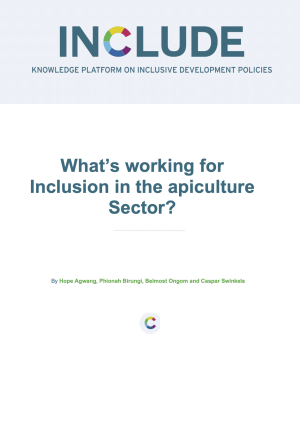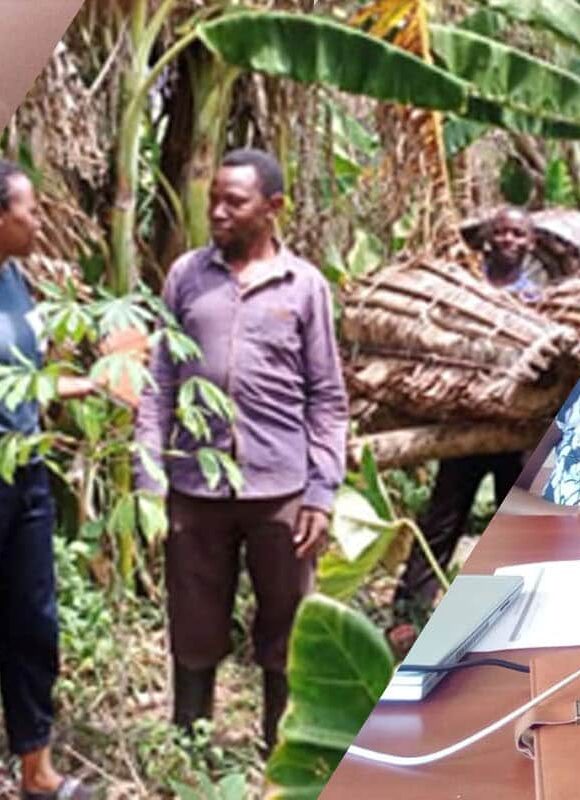
Not all digital transitions are equal. Uganda currently has an internet penetration level (the portion of the population that has is using the Internet) of 26% of the population in January 2021 and the proportion of broadband connections grew to 53% in December 2021. But in 2019, this rate was still 9% in rural areas and 30% in urban areas. The rural-urban divide is more pronounced in the electricity domain with 70% of urban dwellers having access and only 33% of the rural population connected. Some areas are still not covered, and within communities, the access to infrastructure and technology needed to run digital online solutions varies greatly. When infrastructure does exist, in the case of mobile money or other telecom-based digital applications, levels of digital skills and knowledge can vary greatly. These inequalities and differences matter when digital solutions are designed to specifically target marginalized populations. The implications of inequalities spill over from the digital into the real world. We cannot assume that digital is the same for everybody: for someone it may be a pixelated experience, while for others it has a sharp 4K resolution.
Mind the Gap(p)
It is important to bridge the gap between the environment in which the digital solution is developed and the environment in which it is ultimately used. A multi-pronged approach is necessary. The first suggestion for digital solutions in rural contexts is to be able to work without an internet connection. Focusing on data storage and battery usage of apps is the next step. The processor and memory capacity and ultimately battery life of the users’ devices are important factors to consider. This is particularly important when it’s necessary to work with smart (read: power-hungry) devices for a longer time without charging. The technological capacity of the end users’ devices should be considered when designing the application or platform to be used in rural settings. It’s not realistic to expect a resource-intensive app to work on feature phones or older smartphone models, or to have to update the software frequently while lacking a stable internet connection. In this case, it is worthwhile exploring ways to increase access to affordable smartphones through creative business models.
Appropriate
Another gap to bridge is the appropriateness of digital technology. The developers’ priorities and the end user’s needs are not always the same. In the case of a gamified training application, developers might prioritize the visual aspects of an application. An end user, on the other hand, may prefer an easy calculator programme that can be run on their mobile phone. Developers may like a nice simulation, while end users may prefer a simple decision-making tool. This means that not all elements of digital technology are fit for purpose.
These issues can be addressed by involving end users in the development of technologies (co-creation). Additionally, working with a trained intermediary can help bridge the digital gap. This proxy user eases the process of interaction with and transition into using the digital technology, by translating, hand-holding, explaining, and advising. In this case, it is worth reflecting on the appropriateness of the technology instead of a non-digital one.



